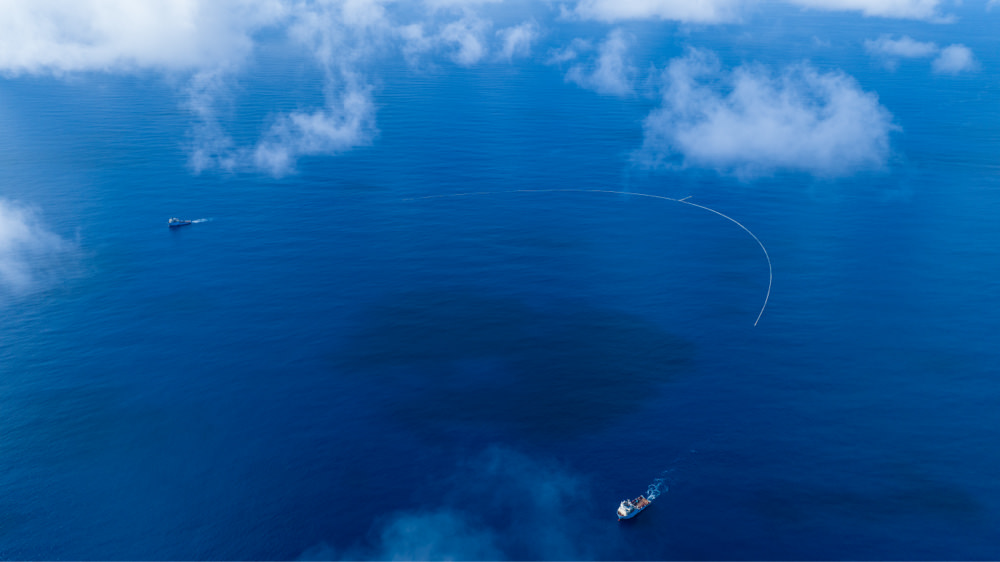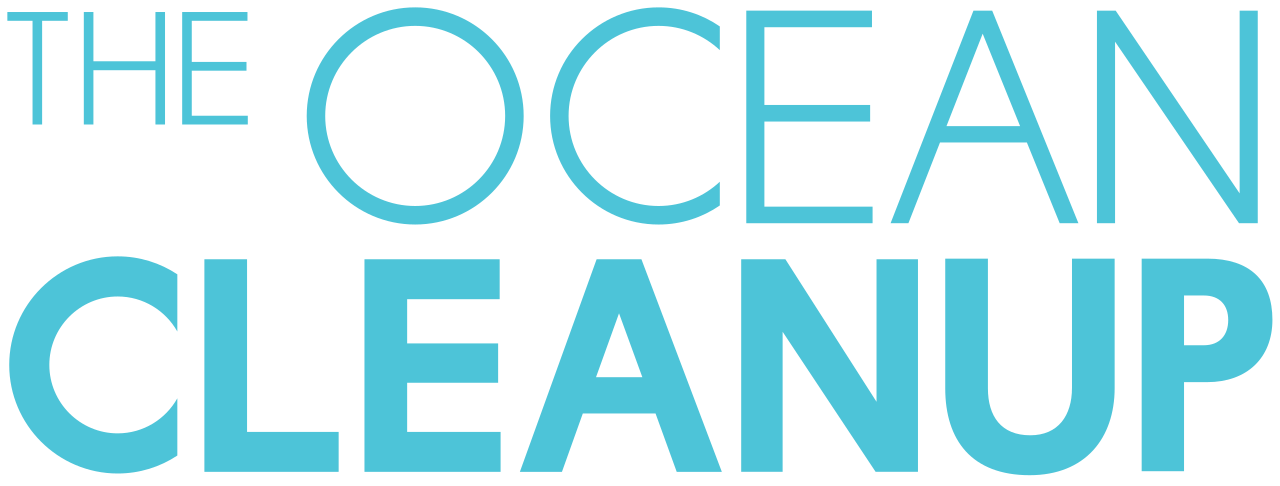
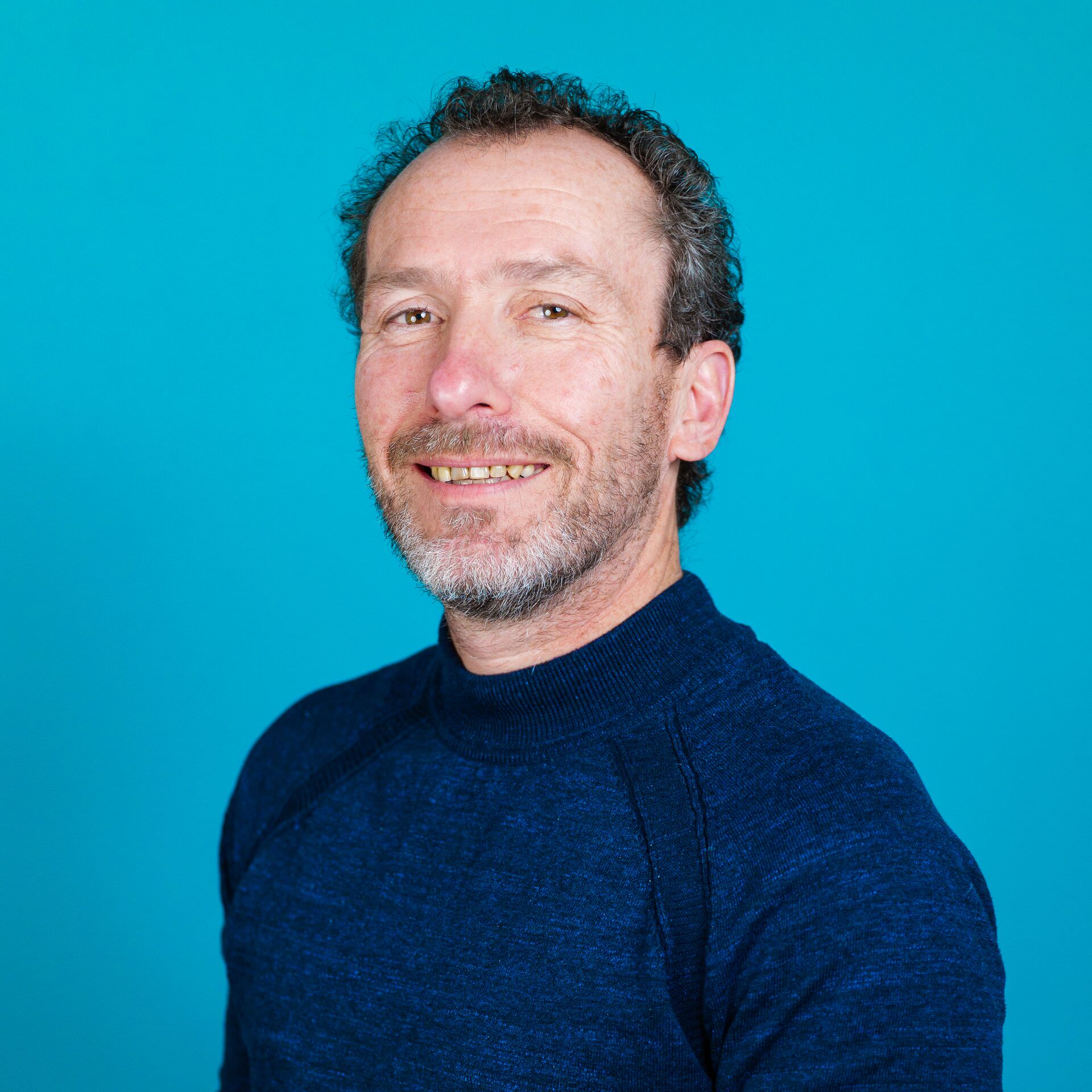
John Verhoeven
Recycling Manager
Introduction
In this interview, we explore the unique partnership between the non-profit project The Ocean Cleanup and Healix, two organizations joining forces to tackle ocean plastic. We dive into The Ocean Cleanup’s mission, their cleanup operations, and how the partnership with Healix contributes to a circular economy.
The Ocean Cleanup’s Mission
Sjoerdje (Healix): Can you explain what The Ocean Cleanup does?
John (The Ocean Cleanup): The Ocean Cleanup’s mission is to rid the oceans of plastic. We develop and scale technologies to extract plastic from oceans and rivers. Our projects actively prevent plastic from being emitted into our seas from land, while in parallel, we also research the impact of plastic pollution and behavior.
Processing Floating Plastic
Sjoerdje: So, you remove plastic from the ocean and rivers?
John: Exactly. To capture plastic in the oceans, we have designed a solution—System 03—starting with the Great Pacific Garbage Patch, a huge collection of floating trash between San Francisco and Hawaii. Getting this waste out of harsh ocean conditions is a challenge.
The plastic we catch in rivers is different; in addition to plastic, it contains organic material, wood, textiles, and other trash. Each river is also different, which makes it a complex operation.
(credit: The Ocean Cleanup)

Differences Between Ocean and River Plastic
Sjoerdje: Could you explain the differences between ocean plastic and river plastic?
John: Ocean plastic, mainly polypropylene and polyethylene, often spends years floating at the surface because other plastics and debris sink over time. About 60% of the floating plastics are ropes and nets, and 40% are rigid plastics. This material is relatively homogeneous.
River plastic comes directly from household waste and is much more heterogeneous, meaning that it is made up of many different types of plastic, making processing more complex.
Sjoerdje: What happens to the collected plastic?
John: Once plastic is removed from the ocean, our Catch Management team takes over. Within the team, my role focuses on recycling. We aim to ensure that the collected plastic does not return to the environment. After collecting plastic from the ocean, it is sent to our partners, who recycle it and turn it into raw materials for new products. This is where our collaboration with Healix is crucial, as Healix is one of the few recyclers capable of recycling ropes and nets.
(credit: The Ocean Cleanup)
Beginning of the Collaboration with Healix
Sjoerdje: How did the collaboration with Healix start?
John: Marcel, the founder of Healix, and I crossed paths during an event we attended on circularity. I was there representing my previous work in the recycling sector. Not long after, when I joined The Ocean Cleanup, it made sense to call Marcel and say, “Listen, we have the material you’re looking for, and you have the technology, so let’s collaborate.” And by now, we have successfully completed a fourth trial!
Sjoerdje: What makes your collaboration with Healix unique?
John: The collaboration with Healix is unique because we shared a similar mindset from the beginning. The Ocean Cleanup and Healix are focused on learning, researching, and improving, with the same goal: preventing and solving ocean plastic pollution. This shared approach leads to a deeper understanding and better collaboration, enabling us to achieve long-term success. We are two links in the same chain, working toward the same goal.
The Importance of Quality and Innovation
Sjoerdje: John, I’m curious about the quality of the plastic you retrieve from the sea. How important is it for your projects, and can you tell us more about it?
John: Absolutely. It is crucial that the products we create convey our mission and generate economic value. Healix’s expertise is indispensable in this regard.
Sjoerdje: Why is that so important then? Can you provide an example of how this collaboration is put into practice?
John: Certainly. A good example is how we have worked with Healix to process fishing nets and ropes into raw materials for new products, such as automotive components. These products tell the story of our mission and meet stringent quality and sustainability standards. They illustrate how we can create value from waste and show that we can do more with ‘waste’ than previously thought. Waste does not exist—only wasted resources. Once you can create value from waste, it isn’t waste anymore.
Sjoerdje: Do you have examples of products made from the processed ropes and nets?
John: Our collaboration with KIA is a good example. Together, we are exploring how to integrate recycled plastic into the automotive industry, a significant step towards sustainability. KIA helps us bridge the gap between plastic collection and creating sustainable products for the automotive market. This partnership underscores our commitment to long-term sustainability and highlights the importance of cross-sector collaborations to achieve sustainability goals and promote a circular economy.
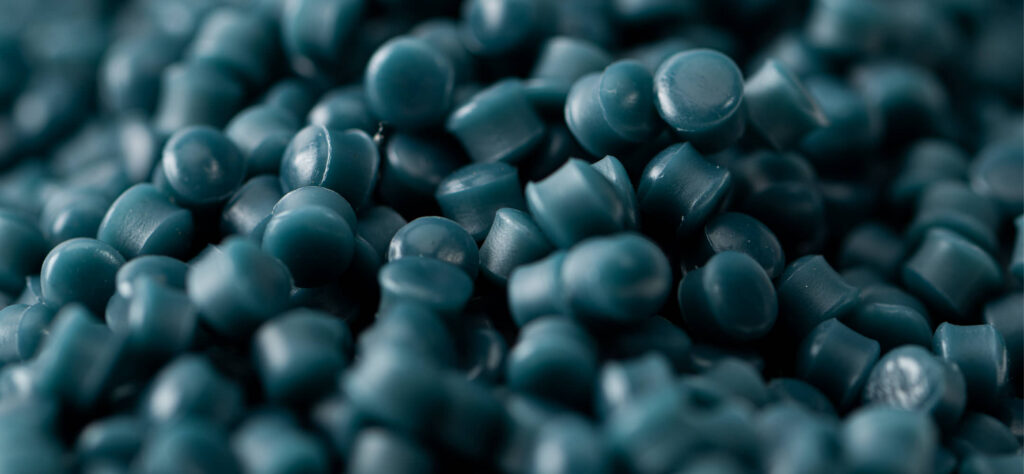

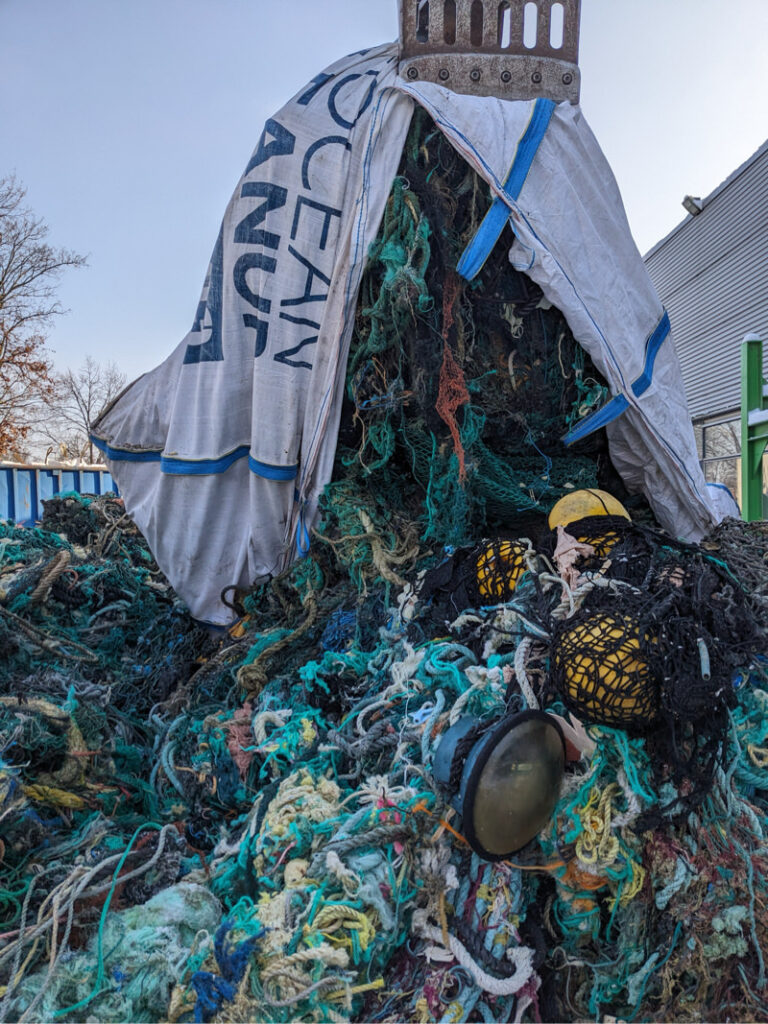
Future Vision
Sjoerdje: What are the expectations for the future?
John: Our ambition is to remove significantly more plastic from oceans and rivers and ultimately rid the oceans of plastic. We aim to remove thousands of tons of plastic from the sea while intercepting more in rivers and researching to learn the best way to tackle ocean plastic pollution. Partners like Healix are essential for us as we catch more plastic of different kinds. Healix also has plans to scale up, allowing us to work together to increase our impact and process waste from the Great Pacific Garbage Patch. Together, we strive to ensure that plastic is converted into new raw materials and never ends up in the ocean again.
The American Dream
Sjoerdje: The Ocean Cleanup and Healix jointly attend the NPE exhibition in Orlando in May; why?
John: As you know, The Ocean Cleanup focuses on extracting plastic from the oceans. For recycling, we partner with Healix, experts in recycling plastic nets & ropes from marine and agricultural environments. Together, we to rid the oceans of plastic waste and return it to the economy. We have jointly developed and validated an innovative process to recycle these problematic waste streams in the Netherlands. Now it’s time to establish this capacity closer to the source in parallel with our increased activity offshore. The US West Coast is a logical place for us to offload our “catch.”
Exciting to know is that Healix plans to establish a new recycling factory on the West Coast of the USA. To cope with the growing amount of ghost gear collected from The Great Pacific Garbage Patch, we support them in any way possible. We must have a reliable recycling solution in The Americas to handle these problematic waste streams. Therefore, the NPE exhibition in Orlando is a significant event for us. It’s the largest plastics trade show in the Americas, allowing us to present our collaboration to the industry’s forefront, including potential partners and investors.
(credit: The Ocean Cleanup)


